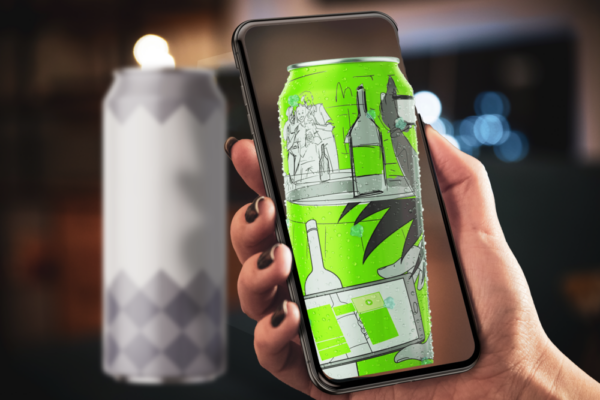What is augmented reality and how can it improve my marketing strategy?
Augmented reality has been around for quite some time but its recent surge in popularity is thanks to applications like Pokemon Go, where users can search for virtual creatures in real life locations.
So how can marketers use this new innovative technology to improve their marketing strategy? The idea is to make our experiences with brands more immersive by providing customers with interactive content on their phones or tablets.
Before starting, marketers must understand the nuances of augmented reality and how it can be used for your business. In this article we explore some ways AR can improve your company
What is augmented reality?
Although it sounds like something out of science fiction, augmented reality allows digital content to be placed over the top of live scenes in real time. This means that you can see virtual objects integrate with an actual physical environment which creates a more seamless experience for users.
There are three types of augmented reality that marketers should be aware of:
- Pervasive – This type of augmented reality has the potential to improve our lives by transforming daily tasks into more convenient and efficient processes. For example, imagine having a cup of coffee that tells you the optimal way to brew it or how many calories are in that sandwich you’re about to eat. It’s also been used in the medical field to help doctors with surgeries.
- Markerless – This type of AR does not require any special equipment or markers for images to be recognised. This makes it a popular choice for gaming and entertainment applications.
- Projection-based – This type of augmented reality is often used for business purposes. It allows for computer-generated objects to be placed in front of people on small surfaces like tables or walls.
How can augmented reality improve my marketing strategy?
So how can marketers use this new innovative technology to engage audiences and improve their marketing strategy? Here are some ideas on how you might use AR in your business.
Product Information
Augmented reality can be used to improve the packaging of products by providing more information to customers. This can include nutritional data, usage tips, or images of the product in use, which helps customers to better understand the product before they make the decision to purchase it.
Brand Activation
Walmart has used AR technology as a tool for brand activation by incorporating it into their holiday campaign.
They created an app that allows users to “see” what their Christmas tree will look like in their home before they purchase it by projecting images on the tree with their smartphone camera.
This way people could see how the product would look with decorations, giving them a better idea of what to expect when they buy it.
Engaging Advertising
AR can be used to create interactive advertisements that allow customers to explore more about a product.
For example, wine company Lot18 created an ad that allowed users to taste different wines by using their smartphones.
This type of advertising is more engaging than traditional ads and can help to create a connection between the customer and the product.
User-Generated Content
Augmented reality also provides a way for customers to generate content for brands. This could be in the form of videos, images, or even reviews.
For example, McDonald’s has an app that allows customers to create their own virtual reality experiences with the food they have purchased from the restaurant. This gives customers a voice and a way to share their experiences with others.
As augmented reality technology continues to develop, we can expect to see more companies adopt these strategies.
Product Marketing
One of the biggest challenges for companies is finding ways to provide customers with more information about their products and experiences. This often involves sending out samples or trials, which can be expensive and time-consuming.
Augmented reality allows marketers to give potential customers a more immersive experience, exploring products in more detail, which can help them to make better purchasing decisions.
The technology also makes it easier for customers to try out a product before they buy it. For example, IKEA has created an app that allows users to see how furniture would look in their home before they purchase it.
This eliminates the need for sales teams to be present in order to provide this information and allows customers to make decisions on their own.
Conclusion
Augmented reality has the potential to revolutionize the way businesses interact with their customers. Marketers should take advantage of the technology now before competitors seize the opportunity to start pinching customers. As the technology continues to develop, we can expect to see more innovative uses for augmented reality in marketing.
